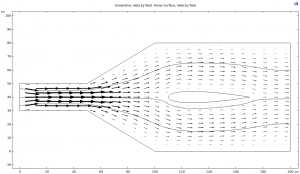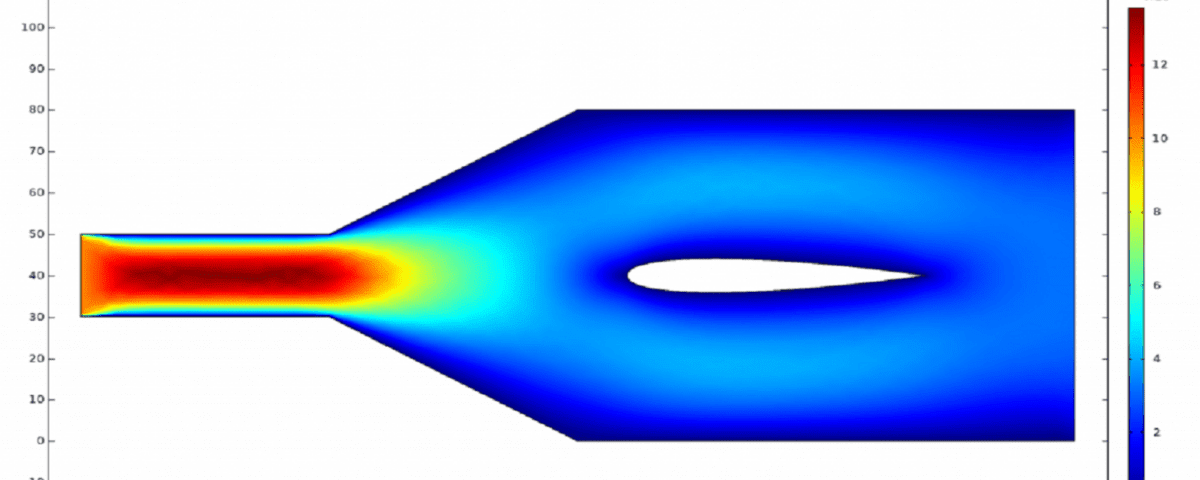Introduction
Heat transfer and momentum transfer are two fundamental concepts in engineering and basic sciences that study the flow of energy and material movement in various systems. These phenomena are widely applied in diverse industries such as energy, chemistry, materials, and the environment. Heat and momentum transfer are closely interconnected. In many heat transfer processes, momentum transfer also occurs simultaneously. For instance, in forced convection, a fluid flowing over a hot surface absorbs heat from the surface and also transfers its momentum to adjacent layers. This relationship between the two phenomena is evident in many governing equations of transport phenomena, such as the Navier-Stokes equations.
Numerical Modeling and Simulation
Numerical modeling and simulation are powerful techniques for studying and analyzing heat and momentum transfer phenomena. Various software packages like ANSYS Fluent, COMSOL Multiphysics, and OpenFOAM are used to simulate these phenomena. With these software tools, fluid flow, temperature distribution, and pressure can be predicted in complex systems, enabling design optimization.
Simulation of 2D Steady-State Heat and Momentum Transfer in COMSOL
A non-Newtonian fluid enters an expanding flow channel. Upon entering the system, the fluid encounters a solid copper object. This solid object generates heat due to an electric current passing through it, resulting in heating the incoming fluid. The behavior of the fluid is described by the Power Law model under laminar flow conditions.
![]()
The figure below shows the geometry of the problem.
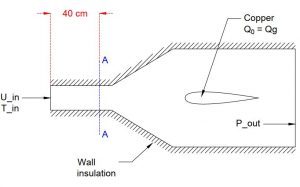
This project is simulated in Comsol software. The following images show some of the results.
Pressure
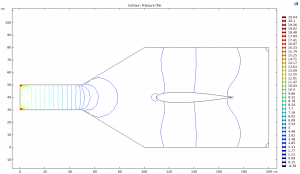
Temperature
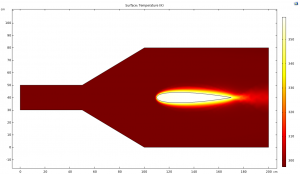
Flow Lines
